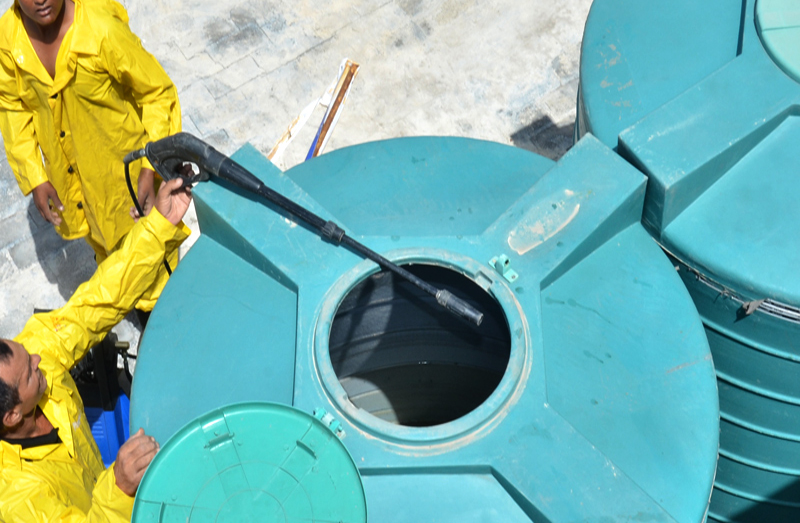Tank cleaning verification inspection
When it comes to ensuring safety and compliance in industries that handle hazardous materials or fluids, tank cleaning verification inspections are crucial. These inspections verify that tanks have been cleaned thoroughly before being reused or repurposed. This process is essential for preventing contamination of products, ensuring worker safety, and meeting regulatory standards.
The primary goal of a tank cleaning verification inspection is to confirm the adequacy of the cleaning process. This involves several steps including visual inspections, sampling, and sometimes, more in-depth testing using advanced instrumentation. The scope can vary based on the type of material being handled, the size of the tank, and regulatory requirements.
For industries such as petrochemicals, food processing, pharmaceuticals, and chemical manufacturing, tank cleaning verification is paramount to avoid risks associated with residual materials that could affect product quality or safety. Regulatory bodies like the Occupational Safety and Health Administration (OSHA) in the U.S., and the European Chemicals Agency (ECHA), enforce stringent rules regarding tank cleanliness.
The process typically starts with a visual inspection, which is conducted to check for obvious signs of contamination or residue inside the tank. Following this, samples are taken from various locations within the tank. These samples are then analyzed in laboratory settings to ensure they meet specified standards. In some cases, the use of specialized equipment such as ultrasonic testing probes and X-ray radiography may be employed to detect any hidden residues.
| Method | Description | Use Case |
|---|---|---|
| Visual Inspection | Performing an initial check for visible contaminants or residues. | Initial assessment before more intensive testing. |
| Sampling and Laboratory Analysis | Taking samples from the tank and analyzing them in a lab. | Verifying chemical composition and ensuring cleanliness standards are met. |
| Ultrasonic Testing | Using ultrasonic waves to detect hidden residues or imperfections. | Detecting inaccessible areas within the tank for thorough cleaning verification. |
Industry Applications
- Petrochemical Industry: Ensuring tanks are free from residual petrochemicals to prevent contamination of new batches.
- Pharmaceutical Industry: Verifying that all traces of previous medication have been removed to ensure product purity.
- Food Processing: Making sure no residues remain from the last batch, thus maintaining food safety standards.
The versatility and necessity of tank cleaning verification inspections extend across various sectors. This ensures not only compliance with regulatory standards but also enhances operational efficiency by minimizing downtime for re-cleaning processes.
Environmental and Sustainability Contributions
- Reduces the environmental impact of contaminated materials being reintroduced into production or released into the environment.
- Saves resources by ensuring that tanks are cleaned efficiently before re-use, thus extending their lifecycle.
Tank cleaning verification inspections play a critical role in promoting sustainability and reducing waste. By preventing contamination of new products and minimizing the need for additional cleaning cycles, these inspections contribute significantly to environmental protection and resource conservation.
Use Cases and Application Examples
- In a petrochemical plant, after processing oil, the tank is cleaned thoroughly using high-pressure water jets. A verification inspection ensures that all hydrocarbons have been removed before the next batch of crude oil can be processed.
- A dairy company uses tanks to store milk for pasteurization. After cleaning with a combination of hot water and sanitizer, a tank cleaning verification is conducted to ensure there are no pathogens or contaminants remaining in preparation for the next batch.





